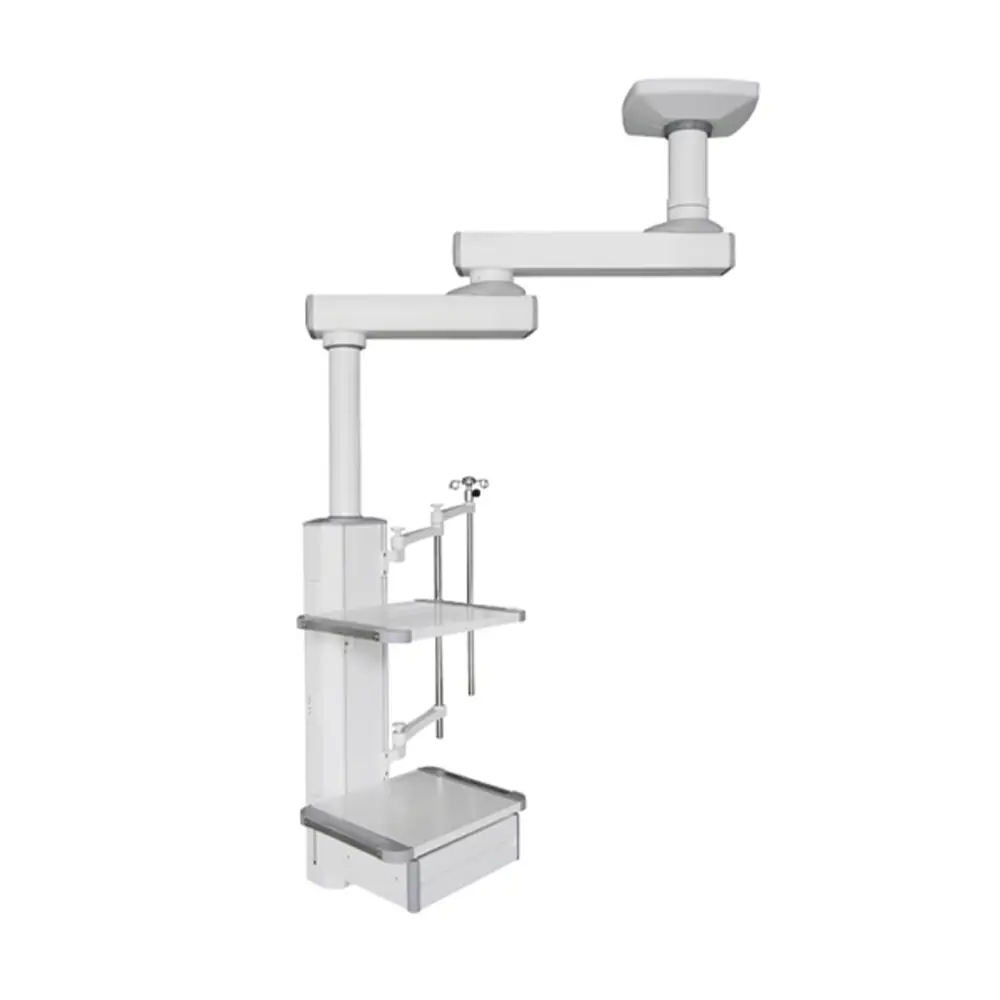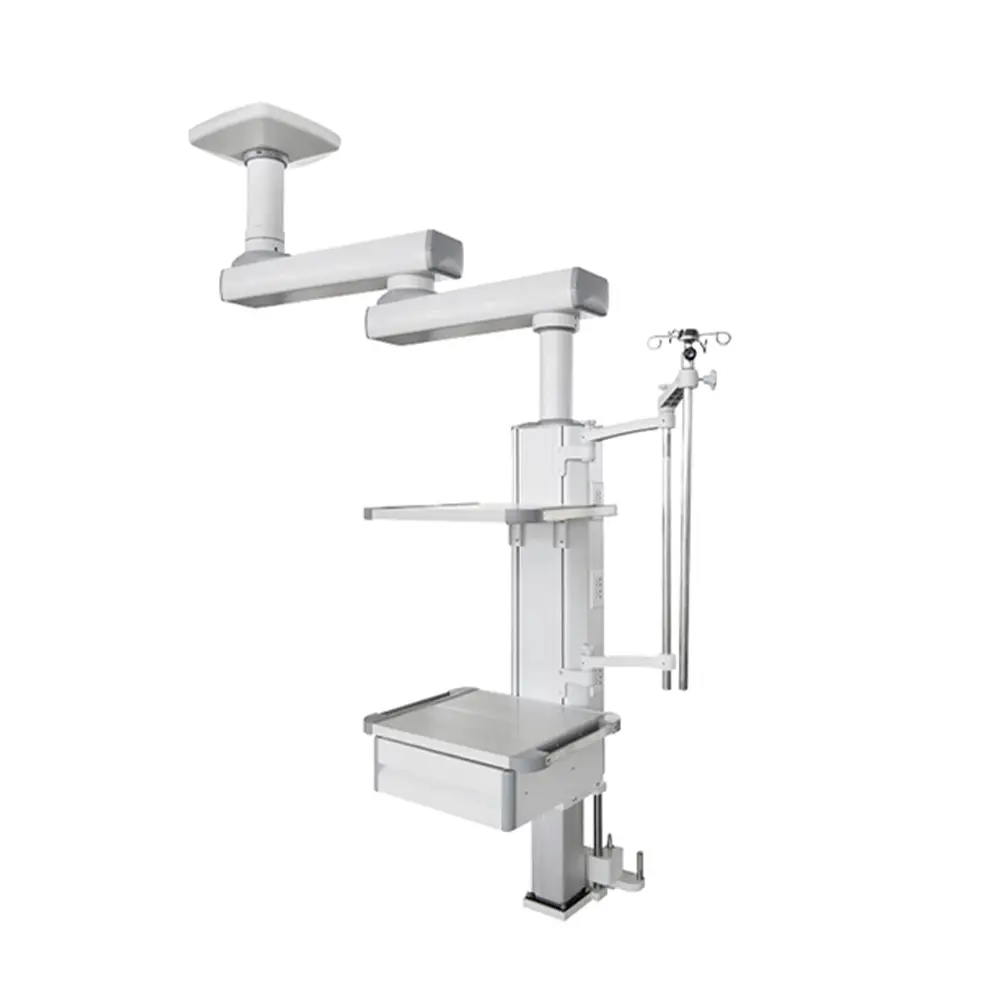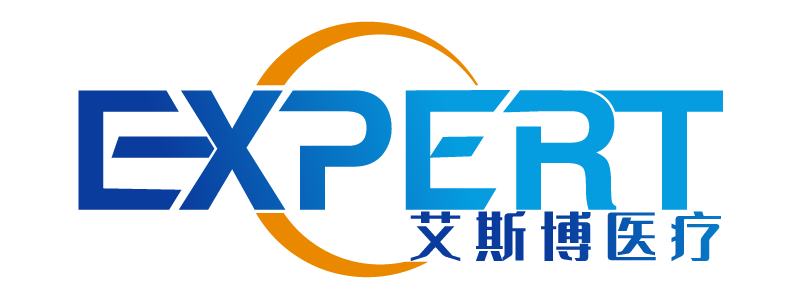عنوان
304 شارع الكاردينال الشمالي
مركز دورتشستر ، ماساتشوستس 02124
ساعات العمل
من الاثنين إلى الجمعة: 7 صباحًا - 7 مساءً
عطلة نهاية الأسبوع: 10 صباحًا - 5 مساءً
مرحباً بكم في مدونتي!
قبل أن نتعمق في المحتوى، أود منك الانضمام إليّ على منصات التواصل الاجتماعي الخاصة بي حيث أشارك المزيد من الأفكار وأتفاعل مع المجتمع وأنشر التحديثات. إليك كيفية التواصل معي:
فيسبوك:https://www.facebook.com/profile.php?id=100071234835011
لينكدإن:https://www.linkedin.com/company/74943205/admin/dashboard/
يوتيوب:www.youtube.com/@shandongexpertmedicalequip4695
تيك توك:www.tiktok.com/@expertmedical
الآن، لنبدأ رحلتنا معًا. أتمنى أن تجد المحتوى هنا مفيدًا وجذابًا وقيمًا.

In the world of healthcare, المعلقات الطبية play a vital role in enhancing patient safety and improving operational efficiency in medical facilities. However, despite their increasing usage and importance, several misconceptions about medical pendants persist among healthcare professionals and patients alike. These misconceptions can hinder the adoption of this valuable technology. In this blog post, we will debunk five common myths about medical pendants, providing clarity and insight into their actual benefits and functionalities.

One of the most prevalent misconceptions in the healthcare field is that these essential devices are solely intended for emergencies. While they undoubtedly play a critical role in urgent scenarios, their functionality extends far beyond just these high-stakes situations.
التنوع في الاستخدام: These versatile tools are designed to support a wide range of applications within medical environments. They are not only useful in emergencies but also excel in routine patient monitoring, facilitating seamless communication among healthcare staff, and managing medical equipment. By providing quick access to vital information and resources, they enhance overall patient care, making them invaluable in both everyday operations and critical situations. Whether used for routine assessments or in urgent response scenarios, their adaptability proves crucial in delivering effective healthcare.
Another widespread belief is that these devices are overly complicated and require extensive training to operate effectively. This misconception can deter healthcare facilities from integrating them into their practices.
User-Friendly Design: Most contemporary versions of these tools are engineered with user-friendliness at the forefront. They feature intuitive interfaces and straightforward controls, enabling healthcare providers to operate them with minimal training required. Furthermore, many manufacturers recognize the importance of ease of use and offer comprehensive training sessions, ensuring that staff feel comfortable and competent in utilizing the equipment. This focus on user experience simplifies the adoption process, allowing facilities to implement these devices without the concern of overwhelming their staff with complicated systems.
By addressing these common misconceptions, healthcare professionals can better understand the true value and capabilities of these essential devices, promoting their effective use in various medical scenarios.
A common belief is that only large hospitals can fully benefit from these essential devices, leaving smaller clinics and healthcare facilities at a disadvantage. This perception can discourage smaller establishments from exploring the advantages of this valuable technology.
Adaptability for All Facilities: The reality is that these innovative tools are highly adaptable and suitable for a wide range of healthcare settings, regardless of their size. Smaller clinics can harness the power of this technology to enhance patient monitoring and facilitate communication among staff without the need for extensive infrastructure. By integrating such devices, even modest healthcare facilities can significantly improve their operational efficiency and patient care quality. This versatility makes them a valuable asset for all types of medical establishments, empowering them to provide high-quality healthcare.
Many potential users perceive these devices as unnecessary expenses, believing that the financial outlay outweighs the benefits they provide. This misconception can lead to missed opportunities for enhancing patient safety and improving operational efficiency within healthcare settings.
Long-Term Savings: While there may be an initial investment associated with acquiring these tools, they can yield significant long-term savings. By improving patient care quality and minimizing the likelihood of medical errors, these devices can help healthcare facilities avoid costly legal complications and enhance overall operational efficiency. Furthermore, the implementation of these systems can lead to better patient outcomes, which may result in increased patient satisfaction and retention. Ultimately, investing in such equipment can save healthcare providers money while elevating the standard of care they offer. The benefits far outweigh the costs, making them a wise choice for any facility aiming to enhance its healthcare delivery.
By dispelling these misconceptions, healthcare professionals can better appreciate the true value and functionality of these essential devices, encouraging their adoption across various medical environments.

Finally, there is a prevalent belief among some individuals that all these essential devices are identical, leading to confusion when it comes to selecting the right option for a specific healthcare facility’s needs.
Variety of Features: In reality, these devices come in a wide range of designs, each equipped with distinct features that cater to various applications within the healthcare environment. For instance, some models may include advanced communication systems that enhance real-time interaction between healthcare staff, while others might prioritize equipment management or patient monitoring capabilities. Understanding these differences is crucial when determining the best fit for your facility.
Additionally, some pendants are designed with ergonomic considerations, making them easier for healthcare providers to use in high-pressure situations, while others may offer enhanced mobility to accommodate different layouts within a facility. The choice of features can significantly impact the functionality and efficiency of healthcare delivery, underscoring the importance of thoroughly assessing the specific needs of your establishment before making a selection.
By recognizing that not all devices in this category are created equal, healthcare professionals can make informed decisions that will ultimately enhance patient care and operational efficiency. This understanding helps ensure that the selected devices align with the unique requirements of each facility, leading to better outcomes for both staff and patients alike.
| ميزة | Pendant A | Pendant B | Pendant C |
|---|---|---|---|
| Communication Type | Wired | Wireless | Wireless |
| Patient Monitoring | نعم | نعم | لا |
| Emergency Alert Functionality | نعم | لا | نعم |
| Equipment Management | نعم | نعم | لا |
| واجهة سهلة الاستخدام | نعم | نعم | لا |
This table provides a comparison of common medical pendants, highlighting their varying features and functionalities. When selecting a medical pendant, it is essential to consider which features align best with your facility’s specific needs.
Debunking these common misconceptions about المعلقات الطبية is crucial for fostering a better understanding of their importance in healthcare. By recognizing their versatility, user-friendliness, accessibility for all facility sizes, cost-effectiveness, and variety of features, healthcare providers can make informed decisions about incorporating medical pendants into their operations. Embracing this technology can significantly enhance patient safety, improve operational efficiency, and ultimately lead to better patient outcomes. As the healthcare landscape continues to evolve, understanding and utilizing medical pendants will be essential in delivering high-quality care.
Medical pendants are used for various purposes, including patient monitoring, communication between healthcare staff, and managing medical equipment in healthcare facilities.
Most medical pendants are designed to be user-friendly, allowing healthcare professionals to operate them with minimal training.
Yes, medical pendants are adaptable and can enhance patient care in both large hospitals and smaller clinics.
While there may be initial costs, medical pendants can lead to long-term savings by improving patient care and reducing errors.
When choosing a medical pendant, consider the specific features you need, such as communication type, patient monitoring capabilities, and emergency alert functionality.
